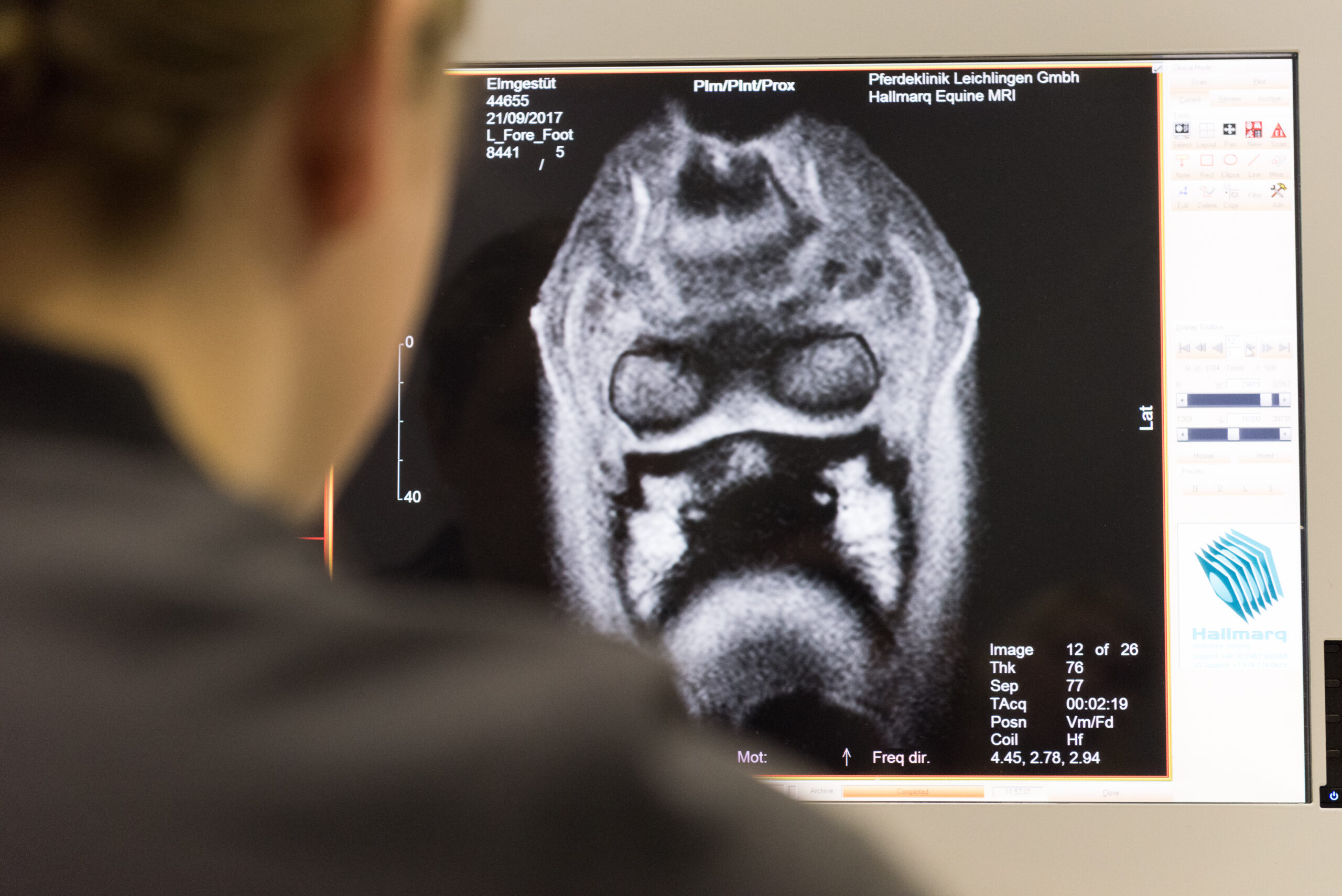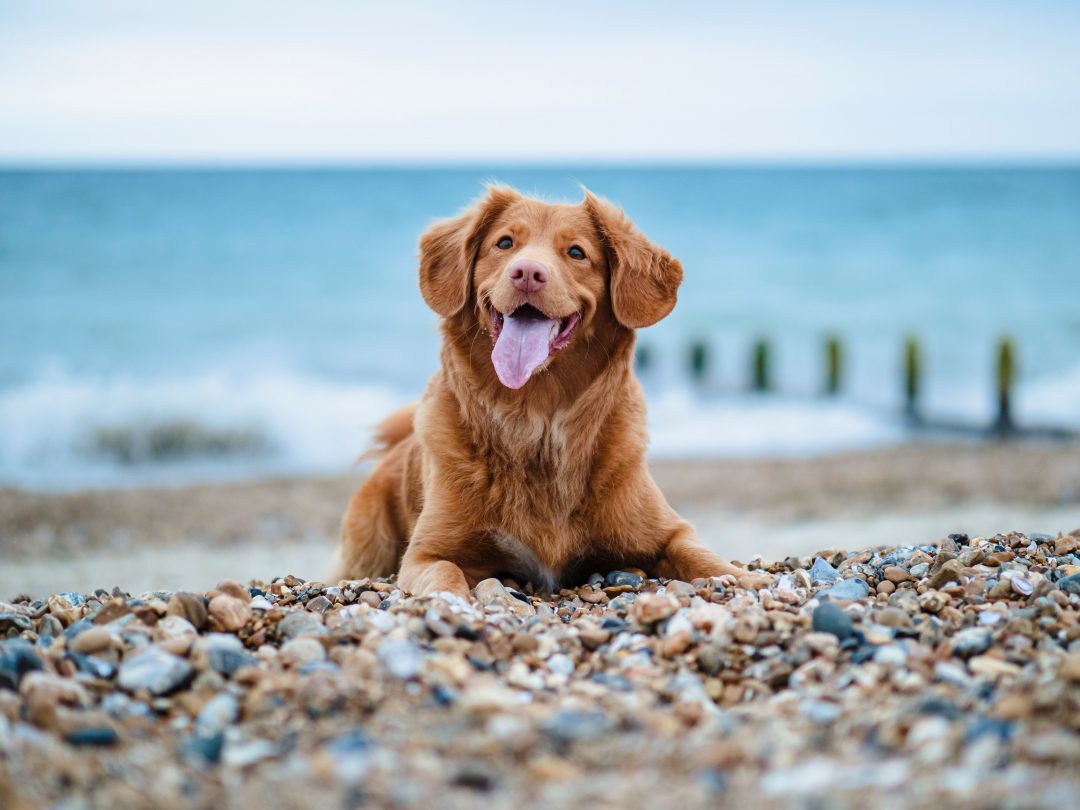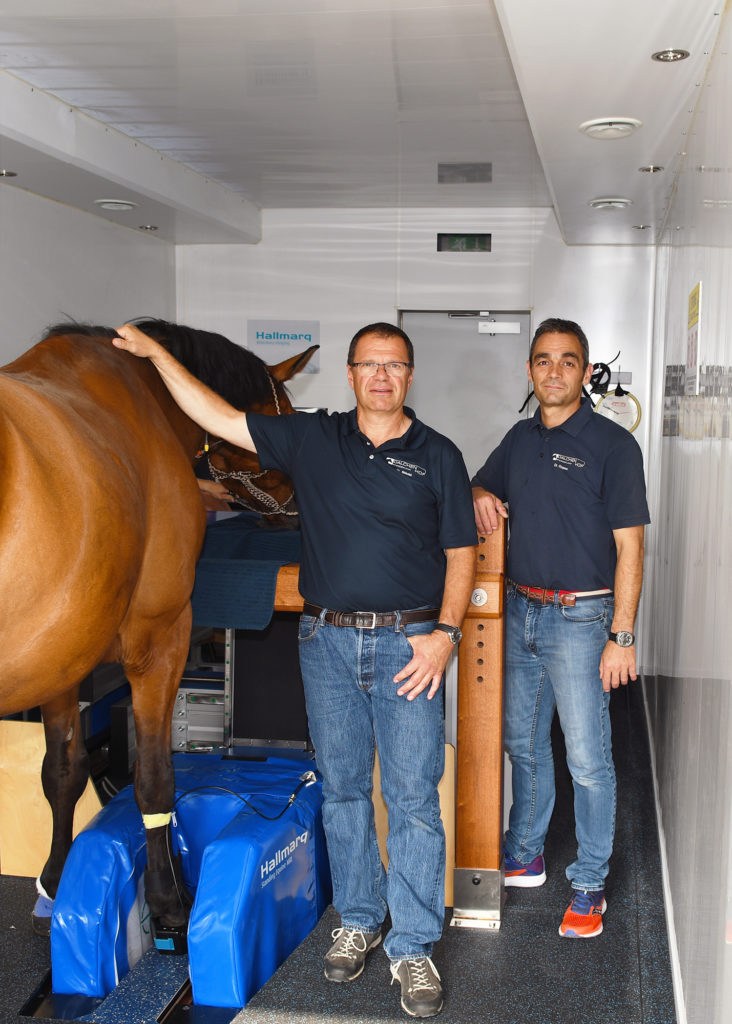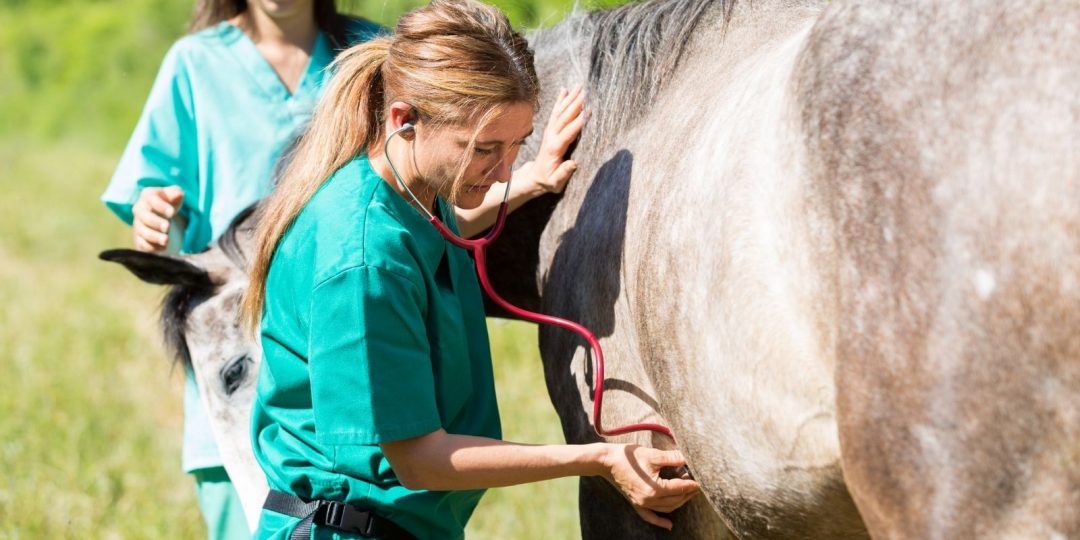As with all Hallmarq customers, Pferdeklinik Leichlingen works in a collaborative partnership with us to provide a safe and effective Standing Equine MRI service to their clients and their horses. Every customer has access to the same level of support from our dedicated hands-on team, and our unique Q-Care programme is our commitment to ensuring the commercial success of each site. So just what is it that differentiates this practice from the rest?
We spoke with Joost Kramer, head of Orthopaedics and Diagnostic Imaging at Pferdeklinik Leichlingen, Germany. To find out just how they managed to achieve an astounding 84 Standing Equine MRI scans in April. Here’s what he had to say:
Organisation is Key:
As you might expect, efficient time management is key to achieving a high caseload. Wherever possible, horses are admitted as in-patients for their equine MRI examination. This allows for a break during complex scans or when the horse might be standing badly or become unsettled. Occasionally, a horse will need to stay overnight. Particularly if a high suspensory scan is required but, more often than not, patients are seen on a daily basis. This approach also means that the practice is not bound to fixed times. If an examination takes less time than expected, there is no waiting around for the next appointment. Scanning can continue immediately.
Leichlingen is extremely responsive with every client receiving an MRI appointment within 3 to 4 days of being referred.

A dedicated team:
The clinic’s dedicated scan team consists of seven operators who have been trained and certified by Hallmarq to run their system. Each patient is allocated an operator and an assistant to hold the horse and their only job is to carry out the scan. Anything else, like removing the patient’s shoes, pre-scan x-rays, stabling and all general handling is done by other technicians.
Scanning five days a week is undoubtedly a challenge, but each member of staff is specifically allocated a different role each day. On a ‘typical’ day the team scan at least three horses. Rising to five or six during the summer months with a 6:00 am start. To cope with this volume, an additional 2.00 pm-10.00 pm evening shift is to be implemented soon. To facilitate the numbers and ensure that everyone can remain clear-headed. The team rotates regularly to ensure nobody suffers from “scan overload.”
Sedation is key to acquiring a good set of images but there is no fixed protocol. Each horse is treated individually based on the experience of the operators. A nervous horse, for example, will get their first shot of sedation before leaving the stable whereas a calmer horse will get theirs just before positioning in the magnet.
Speed is of the essence:
The idea of standing equine MRI scanning is always introduced at the beginning of any lameness workup with the owner made aware of its value in prognosis when utilised early. Although available to every patient, however, it is unlikely to be the first step in every case. The examining vet will decide whether to offer X-ray, ultrasound and conservative treatment in the first instance, depending on the presentation of the case. If that isn’t successful, then MRI is the default offering and is usually performed no more than 2-3 weeks after the first examination.
Leichlingen has a huge advantage with two in-house image readers. Talking to the horse owner immediately after the exam creates customer satisfaction although owners are never allowed to stay for the scan itself; there are too many questions to be asked! Referring vets receive a written report within 24 hours, consisting of a summary page outlining clinical findings. For internal vets, a quick meeting to run through key points is all that’s needed. It’s a busy place and there are long hours for all involved!
The practice believes that their speed of response is an important contributor to the excellent reputation that they have built around their standing MRI service. Evaluating their MRIs in-house means that owners receive a preliminary report from the supervising veterinarian no later than 1 hour after the scan. This provides the opportunity to discuss a treatment plan without delay, essential for a horse’s safe return to work as soon as possible.
So many horses!
So where do all these horses come from? Whilst most Hallmarq customer sites see a mixture of their patients alongside referrals. Joost explains that referral cases make up just 20% of Leichlingen’s caseload. Their client bases stretch far and wide with some horses coming from Frankfurt, 150km away, the Netherlands and Luxembourg. 80% of the caseload is referred internally by any one of their nine orthopaedic vets. All of them are happy to sell the benefits of standing equine MRI scanning.
That’s not to say, however, that referring vets is not key and relationships with them are important. Before Coronavirus, the practice typically held two CPD events on-site every year. The content was not always orthopaedic, but the meetings provided a valuable opportunity to stay in touch and share best practice. As we all continue a slow return to ‘normal’ the practice intends to pick up on these all-important events that they, and so many others in the industry, have been missing.
Following up:
Keeping in touch with the horse owner and/or referring vet post-scan is a priority for the clinic. In nearly every case, a re-scan is recommended to ensure that the patient continues to recover and is on track. The only exception to this rule is a case with a bad prognosis or in horses that are retired after the initial MRI.
It is rare that anyone refuses MRI for their horse. The small percentage who do usually consider it too expensive or do not fully understand the advantages. Diagnostic in over 90% of lameness cases, it is well known that the use of standing MRI can negate the more expensive treat-repeat loop that so many horse owners find themselves caught up with. The degree of insurance cover for advanced diagnostic imaging differs in every country around the world and most horses in Germany are not fully insured for MRI unless surgery follows on from a diagnosis from the scan.
What’s next?
Of course, our unique pay-as-you-go business model offers a win-win situation for both Hallmarq and the customer. The more scans that are performed each month, the more profitable for all involved. With Leichlingen currently outperforming every other Hallmarq equine MRI scanning site around the world. Scan volumes growing month on month. We had to ask the question. “When are the 100 scans?” It’s with a wry smile that Joost declares, “Maybe later this year? We shall see.” It appears the challenge was accepted!
Our sincere thanks to Joost Kramer for giving up the time to talk to us. With such a busy schedule, and wearing many hats, it’s clear that he has very little of it to spare.








